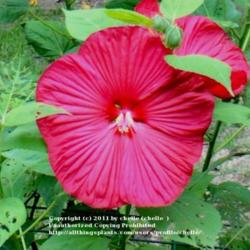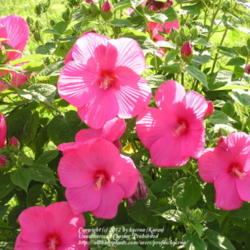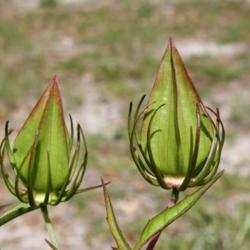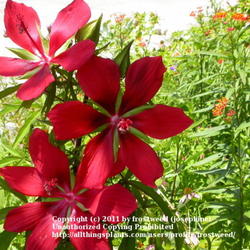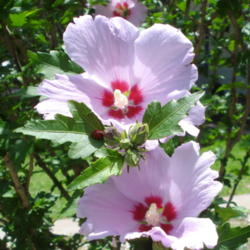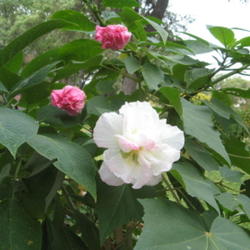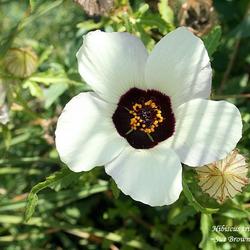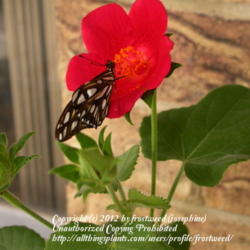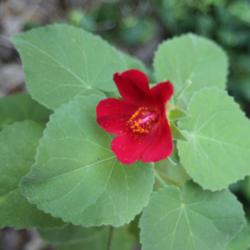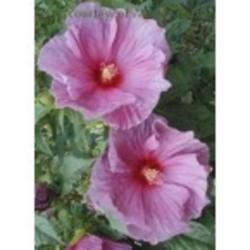#18: Tropical Hibiscus (Hibiscus rosa-sinensis)
@SongofJoy says, "The cultivars of this species are 10-15 ft. rounded, woody, evergreen shrubs or small trees with lance-shaped, glossy dark green leaves having toothed margins. Most bear 4-to 6-inch blooms all summer, although some blooms can be as large as 9 inches across. The solitary blooms range from single to ruffled and double. Colors include yellow, orange, pink, red, and numerous combinations.
The tender hibiscus cultivars won't survive freezing temperatures but are useful as showy summer bedding plants or in containers in those climates where they are not hardy.
Care: Provide consistently moist, rich soil in full sun. Plant in a protected site
.
Propagation: Divide in spring. Root greenwood cuttings in late spring or semi-ripe cuttings in summer.
Problems: Rust, fungal leaf spots, bacterial blight, Verticillium wilt, viruses, and stem and root rots, whiteflies, aphids, mealybugs, scale insects, mites, Japanese beetles, and caterpillars."
